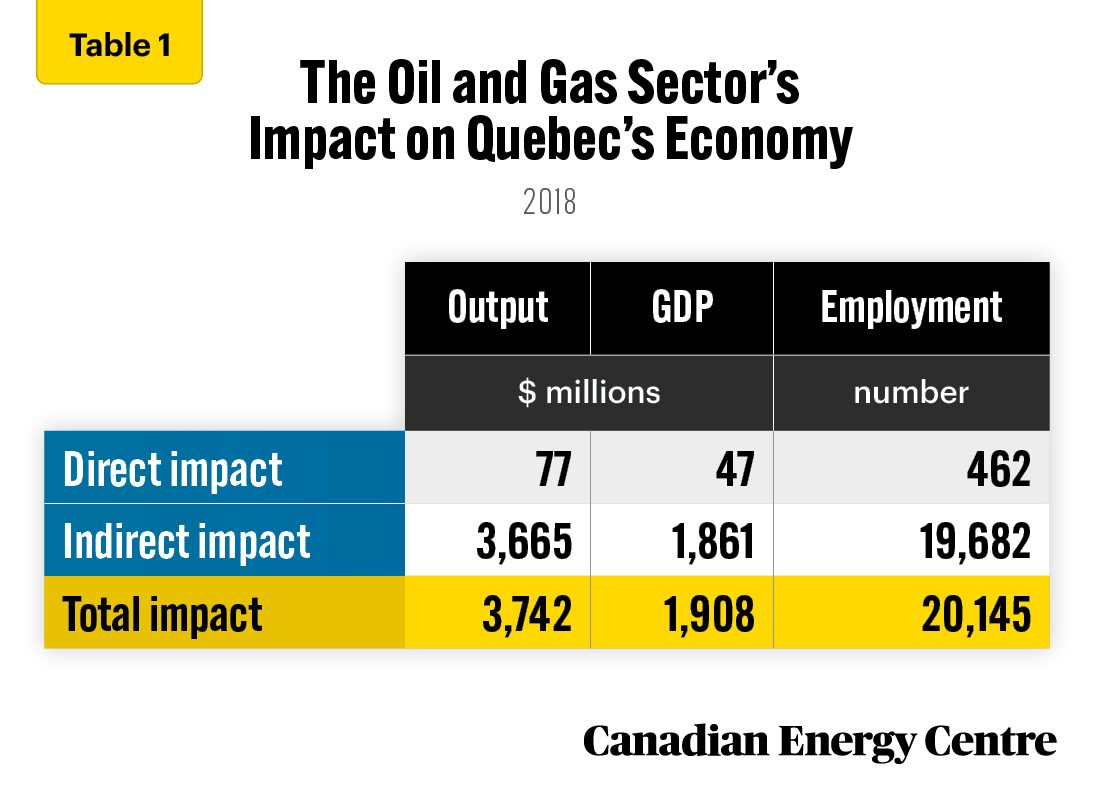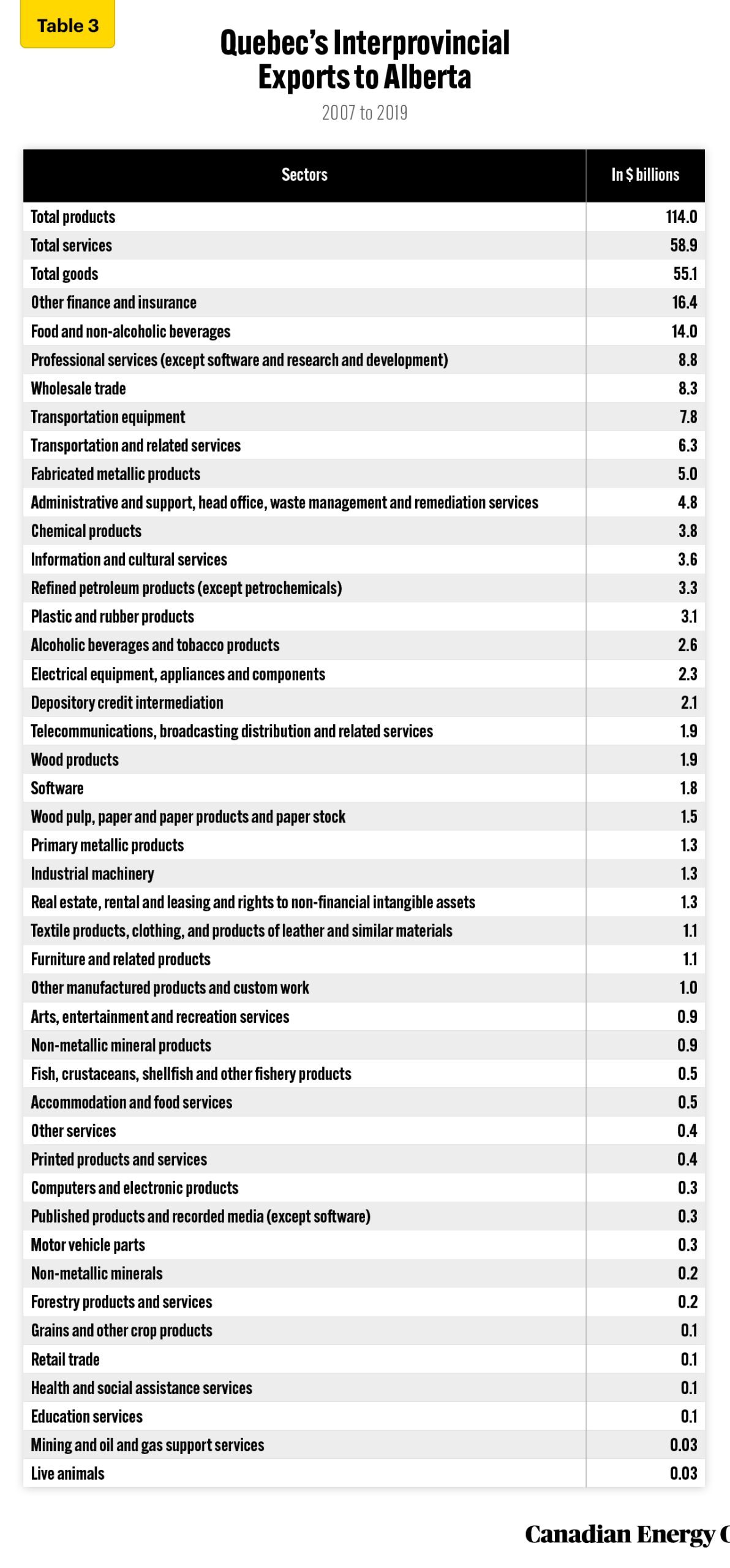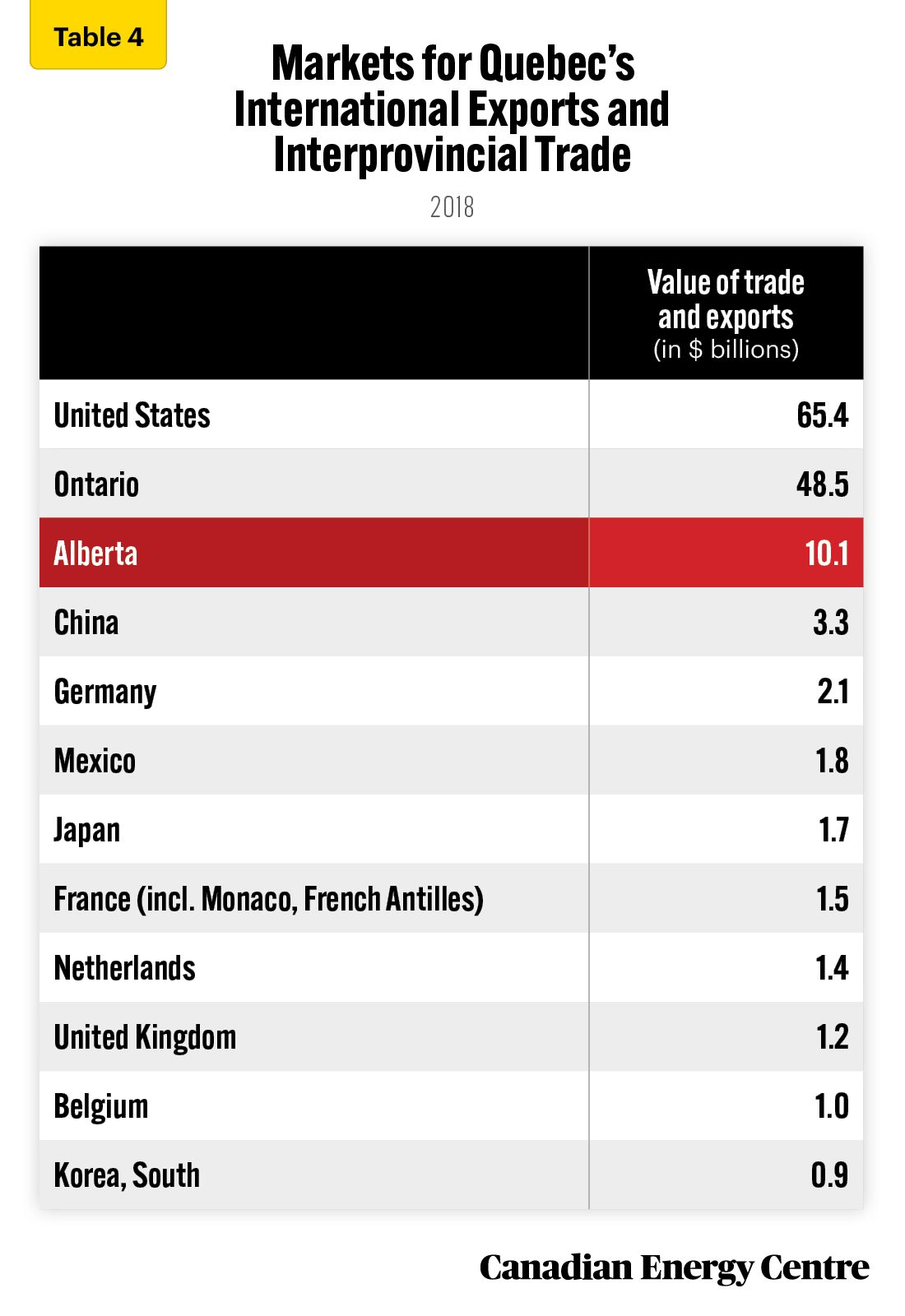To sign up to receive the latest Canadian Energy Centre research to your inbox email: research@canadianenergycentre.ca
Download the PDF here
Download the charts here
Overview
Canada’s oil and natural gas sector has positive impacts on many aspects of the Canadian economy, not only in Alberta where the industry is a relatively large proportion of the economy, but right across the country. Canada’s oil and gas sector benefits the economies of all the provinces, including Atlantic Canada, Ontario, Quebec, and British Columbia, not only when the industry is healthy, as it proved to be in 2022, but also in the year 2018, when oil and gas prices were relatively low compared to 2022.
The impact of the sector on jobs, labour income, Gross Domestic Product (GDP), output¹, and trade on provinces outside Western Canada and on other vital economic sectors in those provinces is not well-known but is highly relevant to current discussions about the role of oil and gas in Canada’s future.
In this CEC Fact Sheet, we examine the direct impact that the oil and gas sector has on Quebec’s economy in terms of jobs, labour income, GDP, output, and exports, and the indirect impact such activities have on other sectors in Quebec. Given that most oil and gas activity occurs in Alberta, we also profile the impact of purchases from Alberta on various sectors in Quebec’s economy. Here, we look at interprovincial trade exports from Quebec to Alberta for 2019, as well as the entire 2007 to 2019 period. Finally, we show the significant role Alberta plays in Quebec’s interprovincial and international trade.
Oil and gas and Quebec
Many people in Canada think that Quebec has nothing to do with the oil and gas sector. While there is virtually no oil and gas production in Quebec itself, oil and gas does play a major role in the functioning of Quebec’s economy.
Quebec’s total energy consumption in 2019 was 1,975 petajoules². Fifty-three per cent of Quebec’s energy demand comes from refined petroleum products (RRP)³ and natural gas. At 20 per cent of Canada’s RRP demand, Quebec is the second-largest market for RRP in Canada after Ontario. In 2019, Quebec’s demand for gasoline was 1,114 litres per capita; for diesel, it was 574 litres per capita; and it was 587 million cubic feet per day (MMcf/d) of natural gas for the year 2020. Most of the gasoline consumed in Quebec comes from two large refineries that operate in the province that have a combined capacity of 372,000 barrels per day.
Quebec also plays an integral part in the trade and transportation of oil and gas. The province receives crude oil by pipeline, rail, and tanker. Enbridge Line 9 delivers crude oil from Ontario to Montreal and from Portland, Maine, to Montreal, connecting the US to the refinery in Quebec. Quebec also has three rail facilities capable of receiving 123,000 barrels per day of crude oil.
1. Output consists primarily of the value of goods and services produced by an industry. 2. Rather than using “natural units” (example weight, volume), energy sources are measured according to their energy content. The “joule” is the standard unit of energy in general scientific applications. Petajoule means one million gigajoules. 3. Products refined from crude oil, such as gasoline, diesel, heating oil, and jet fuel, among others.
Direct and indirect impacts of the oil and gas sector on Quebec’s economy
Using customized data from Statistics Canada, in 2018 the oil and gas sector:
- Supported 20,145 jobs directly and indirectly in Quebec,
- Added over $1.9 billion to Quebec’s nominal GDP; and
- Generated over $3.7 billion in outputs⁴, consisting primarily of the value of goods and services produced by sectors in the Quebec economy (see Table 1).
4. For a discussion of Statistics Canada’s use of both input/output models and equilibrium models, see the addendum in Fact Sheet #17. The latest available year for customized data from Statistics Canada is 2018.

Source: Derived from Statistics Canada, Supply and Use Tables, custom tabulation. Totals may not add exactly due to rounding.
In 2019 Alberta purchased over $10 billion of goods and services from Quebec
Given that the most significant proportion of oil and gas activity in Canada occurs in Alberta, we have expanded the analysis to include all the goods and services originating in Quebec that are purchased by Alberta’s consumers, businesses, and governments—that is, we measure the value of Alberta’s interprovincial trade with Quebec.
Albertans spent a substantial amount on Quebec’s goods and services in 2019. The purchases ranged from relatively small amounts in printed products ($3.7 million) to considerably more in finance and insurance (over $1.3 billion), trade in food and non-alcoholic beverages (over $1.2 billion), and professional services (over $900 million) (see Table 2). In 2019 alone, interprovincial exports from Quebec to Alberta were worth over $10 billion. Quebec’s trade with Alberta in 2019 was over 12 per cent of all Quebec’s interprovincial trade.

Source: Authors’ calculations derived from Statistics Canada, Table 12-10-0088-01.
Between 2007 and 2019, value of Quebec’s exports to Alberta was almost $114 billion
Between 2007 and 2019, Quebec exported nearly $114 billion worth of goods and services to Alberta, ranging from the relatively little $100 million in education services to the greater $8.8 billion in professional services to $16.4 billion in finance and insurance (see Table 3).

Source: Authors’ calculations derived from Statistics Canada, Table 12-10-0088-01.
Alberta was one of Quebec’s largest exports markets in 2019
In 2019, Alberta was the third-largest export market for Quebec (at $10.1 billion), behind only the United States ($65.4 billion) and Ontario ($48.5 billion). Quebec exported more to Alberta than it did to international markets such as China ($3.3 billion), Germany ($2.1 billion) Mexico ($1.8 billion), and Japan ($1.7 billion) (see Table 4).

Source: Government of Canada, Trade Data Online, and authors’ calculation derived from Statistics Canada, Table 12-10-0088-01.
Conclusion
The oil and gas sector has a significant direct and indirect impact on Quebec’s export sectors, as does the purchase of Quebec’s goods and services by consumers, businesses, and governments in Alberta where the oil and gas sector is concentrated. The purchase of goods and services from Quebec by Alberta totalled over $10 billion in 2019 alone and nearly $114 billion between 2007 and 2019.
The oil and gas sector also provides substantial economic benefits to Quebec in terms of jobs, GDP, and output. More specifically, those benefits include over 20,000 jobs, $1.9 billion in nominal GDP, and over $3.7 billion in output.
Notes
This CEC Fact Sheet was compiled by Ven Venkatachalam and Lennie Kaplan at the Canadian Energy Centre (www.canadianenergycentre.ca). All percentages in this report are calculated from the original data, which can run to multiple decimal points. They are not calculated using the rounded figures that may appear in charts and in the text, which are more reader friendly. Thus, calculations made from the rounded figures (and not the more precise source data) will differ from the more statistically precise percentages we arrive at using source data. The authors and the Canadian Energy Centre would like to thank and acknowledge the assistance of two anonymous reviewers for reviewing the data and research of this Fact Sheet.
References (all links live as of December 22, 2022)
Canada Energy Regulator (undated), Provincial and Territorial Energy Profiles – Quebec <https://bit.ly/3xCG7EB>; Statistics Canada (2021), Supply and Use Tables, Custom Tabulation; Statistics Canada (2021b), Table 12-10-0088-01: Interprovincial and international trade flows, basic prices, summary level <https://bit.ly/3EN0aTR>; Government of Canada (2021), Trade Data Online <https://bit.ly/2EMswnj>.
Definitions
The oil and gas sector is defined as the sum of oil and gas extraction and oil and gas investment. Oil and gas extraction is defined by NAICS subsector 211. It comprises establishments primarily engaged in operating oil and gas field properties. Such activities may include exploration for crude petroleum and natural gas; drilling, completing, and equipping wells; and all other activities in the preparation of oil and gas up to the point of shipment from the producing property. This subsector includes the production of oil, the mining and extraction of oil from oil shale and oil sands, and the production of gas and hydrocarbon liquids through gasification. Oil and gas investment includes capital expenditures on construction, machinery and equipment, and exploration by the oil and gas extraction industry. GDP, or Gross Domestic Product, also referred to as gross value added at basic prices, is the sum of the market values, or prices, of all final goods and services produced in an economy. Output consists primarily of the value of goods and services produced by an industry. Jobs include employee jobs (full-time, part-time, and seasonal) and self-employed jobs. The direct impact of oil and gas extraction is the effects directly attributed to the industry’s production. The direct impact of oil and gas investment is the deliveries by domestic industries to satisfy capital expenditures by the oil and gas extraction industry. Direct impact is measured in terms of GDP, output, and jobs within the oil and gas sector. The indirect impact covers upstream economic activities associated with supplying intermediate inputs (the current expenditures on goods and services used in the production process) to the directly affected industries. The indirect impact is measured in terms of GDP, output, and jobs through the oil and gas sector supply chain, including other key sectors of an economy—in the case of this paper, Quebec’s economy. The manufacturing sector includes food and non-alcoholic beverages; alcoholic beverages and tobacco products; textile products, clothing, and products of leather and similar materials; wood products; wood pulp, paper, paper products, and paper stock; printed products and services; refined petroleum products (except petrochemicals); chemical products; plastic and rubber products; non-metal mineral products; primary metal products; fabricated metal products; industrial machinery; computers and electronic products; electrical equipment, appliances, and components; transportation equipment; motor vehicle parts; furniture and related products; and other manufactured products.
Creative Commons Copyright
Research and data from the Canadian Energy Centre (CEC) is available for public usage under creative commons copyright terms with attribution to the CEC. Attribution and specific restrictions on usage including non-commercial use only and no changes to material should follow guidelines enunciated by Creative Commons here: Attribution-NonCommercial-NoDerivs CC BY-NC-ND.
